
Man’s first and mostly unintentional use of nickel began with making pottery and tools as early as 3500BC, but it’s intentional use is much more recent. The name “Nickel” is that of a mischievous sprite from German lore. In the late 1600’s when miner’s began to get sick from their unsuccessful attempts at extracting the copper from a “red-copper ore” they blamed the mischievous sprite and named the rock “Kupfernickel”. It wasn’t until 1751 when this “copper ore” was separated into it’s chemical components by Baron Axel Fredrik Cronstedt that the element “nickel” was discovered. It turned out that “Kupfernickel” was the mineral niccolite, a nickel arsenide (NiAs).
Nickel also occurs in sulfide minerals such as pentlandite(Fe,Ni)9S8 and millerite (NiS). The element is commonly found in trace amounts within high temperature igneous rocks known as mafic and ultramafic rocks. The earth’s solid core is believed to be composed of nickel and iron, and nickel is considered to be the fifth most common element on earth.
Nickel deposits and Mining
Nickel ore is mined from Nickel-laterite deposits and magmatic sulfide deposits. 73% of the worlds nickel deposits are nickel-laterite deposits and 27% are magmatic in origin. Although laterite deposits are the most abundant in nickel reserves, sulfide deposits are the largest producer of nickel due to their higher grades and lower extraction costs.
Laterites are red iron-rich soils formed the tropical areas where the underlying rock is intensely weathered through the prolonged and intense heat, humidity and rainfall in these areas. Nickel-laterite deposits are formed through the chemical and mechanical breakdown of nickel-bearing rocks in these environments. These types of deposits are found in Western Australia, Indonesia, Cuba and in eastern portions of South America. Laterites are known to host other deposit types including aluminum and iron.

Magmatic sulphide deposits are formed not through sedimentary processes but through igneous processes during the evolution of magma body beneath the earth’s surface. Some of the largest nickel bearing magmatic sulphide deposits include Norilsk in Russia, the Stillwater Complex, Montana, USA and the Bushveld Complex in South Africa.
In Canada’s Sudbury Basin, the large igneous nickel deposits are thought to be related to a large meteor impact almost 2 billion years ago.
Extraction methods for nickel varies depending on the character of the ore. The nickel within laterite deposits is extracted through two common methods High pressure acid leach Processing (HPAL) or Heap leaching. HPAL is mostly used for iron-oxide rich and clay rich deposits while Heap leaching is used for deposits that are poor in clay content but rich in oxides. HPAL involves the ore material being processed under high temperature and pressure with sulfuric acid to produce a higher concentrate of nickel. Heap leaching is similar to HPAL where it requires the use of sulfuric acid, however rather than subject the ore to high pressure and temperature, the acid is “dripped” through piles of crushed ore.
Demand and Uses
Nickel’s low conductivity makes it useful for industrial applications, such as creating heat and corrosive resistant material. It’s primarily used in making alloys (combining a metal with another element) to form new metals, such as stainless steel. 65% of the nickel produced is used in steel production, 20% in non-ferrous alloys, 9% in plating and the remaining 6% for miscellaneous purposes (e.g. batteries, coins, electronics). Nickel is significantly used in the transportation industry, such as the manufacture of jet and gas turbine engines.
Overall global production of Nickel has been on a steady climb. In 2007 the International Nickel Study Group reported 1.409 Million tonnes of Nickel was produced and as of 2012 that number has climbed to 1.760 Million Tonnes. Global consumption was 1.322 Million Tonnes in 2007 and has risen to 1.658 tonnes. Asia is the largest producer and consumer at 42% and 66% respectively of global use. Prior to the global recession in 2008 the metal was trading close to $22 per pound.
Subscribe for Email Updates

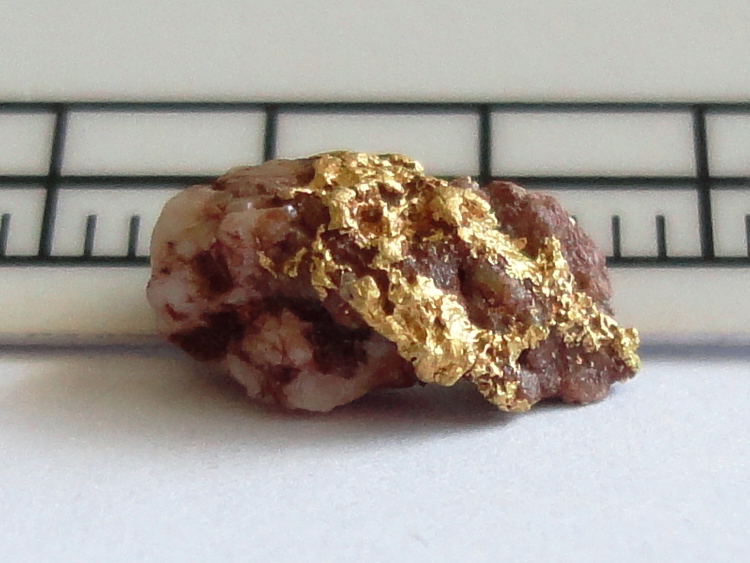
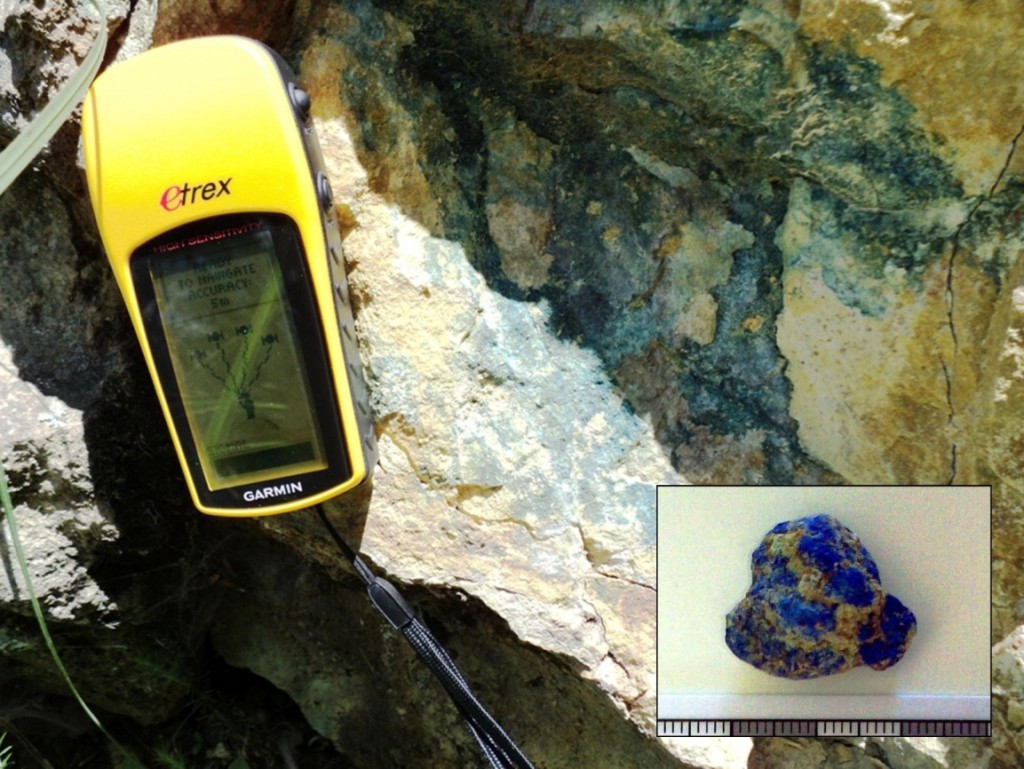
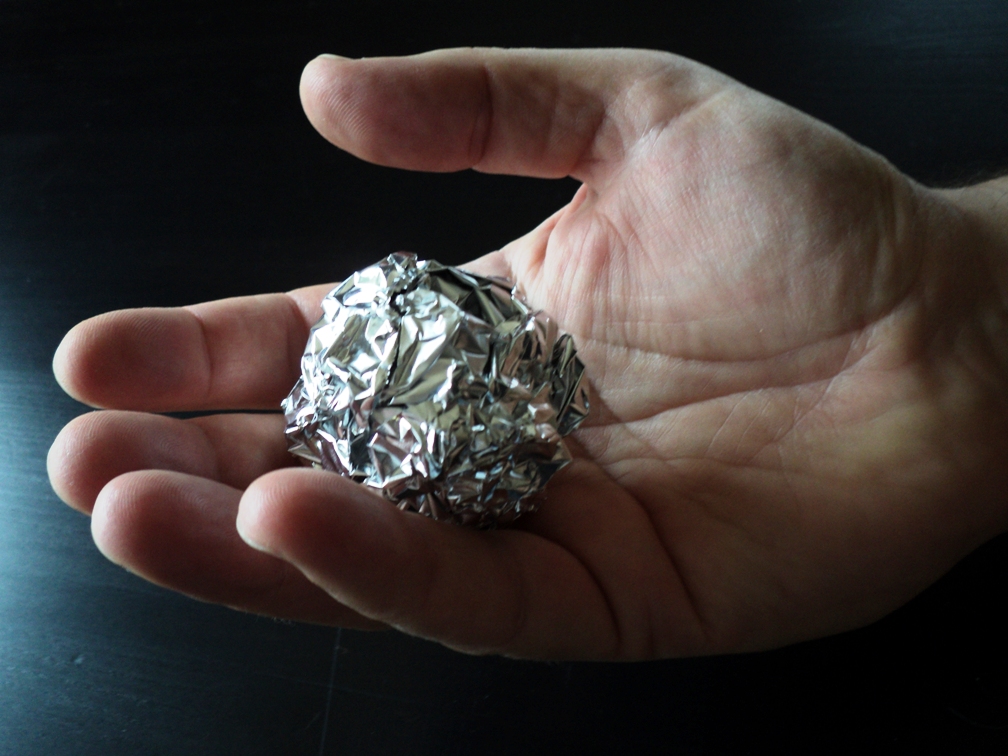
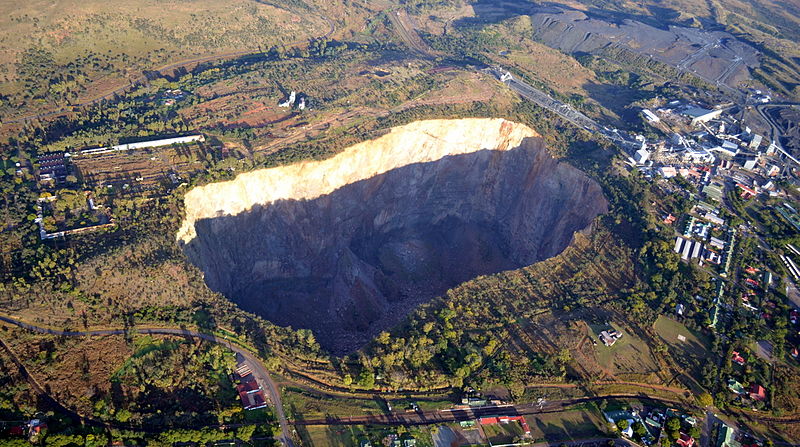

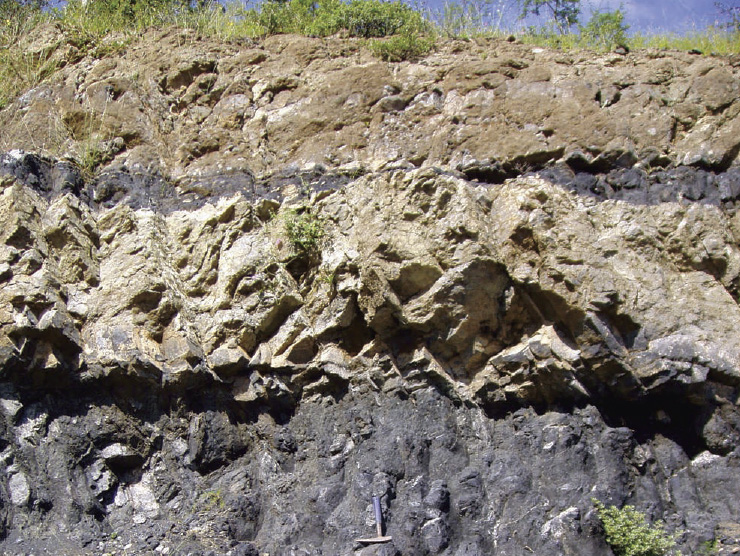

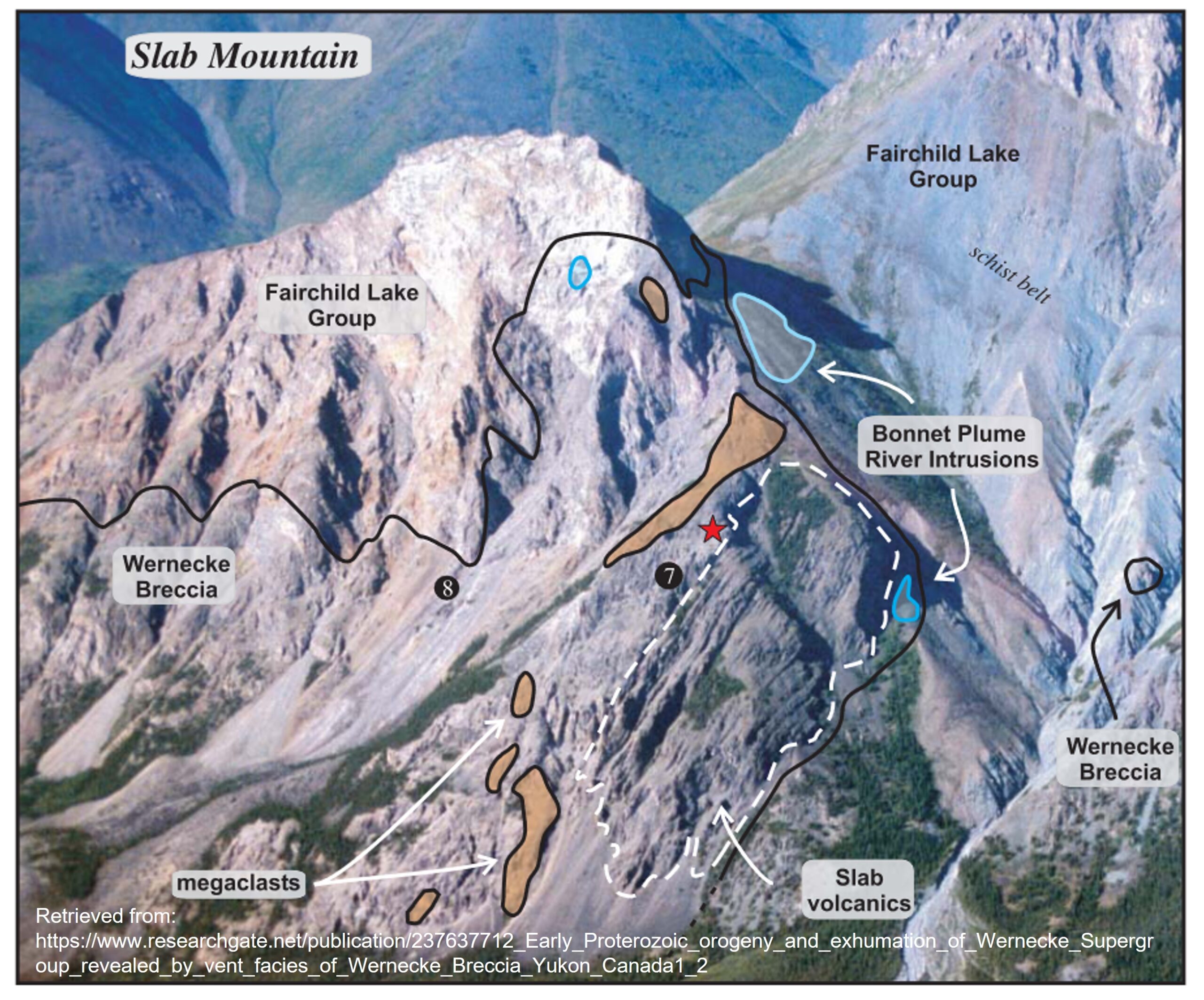
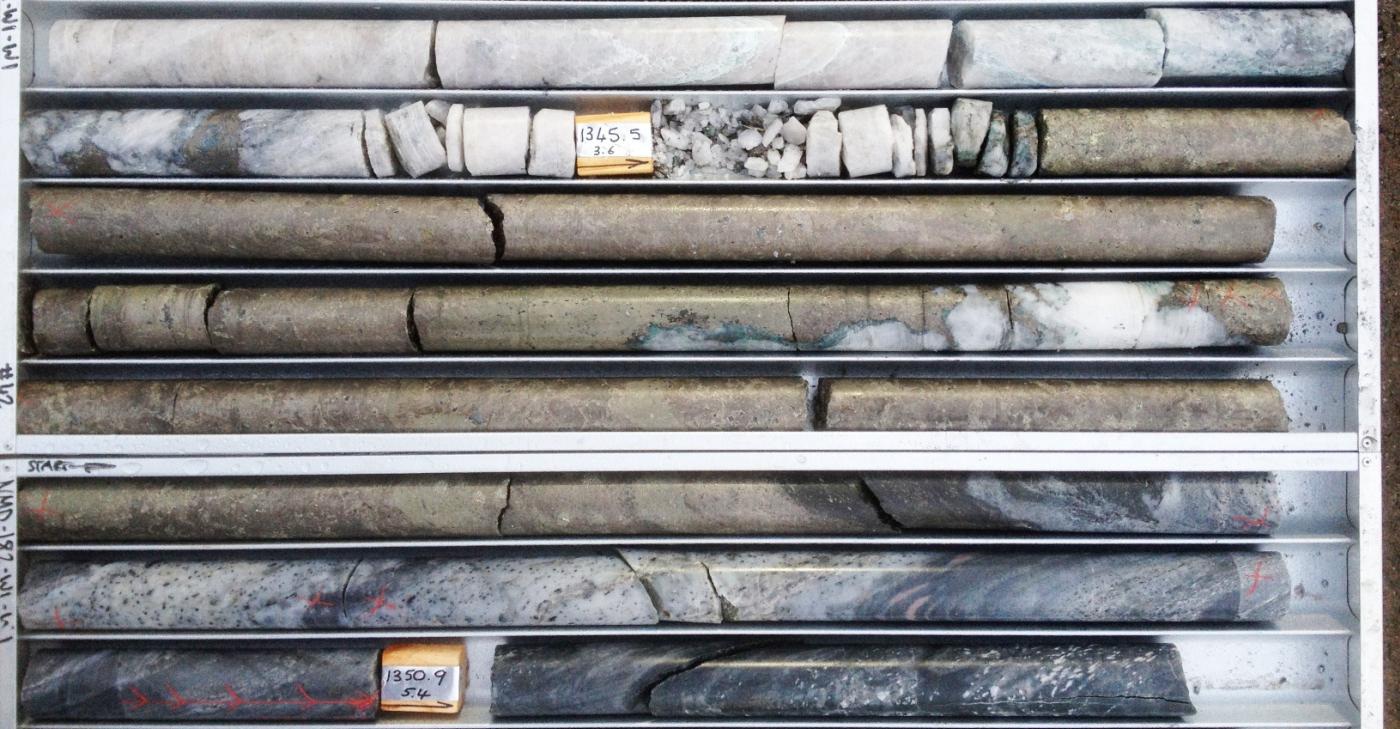
Pingback: Nickel Laterites: The World’s Largest Source of Nickel | Geology for Investors